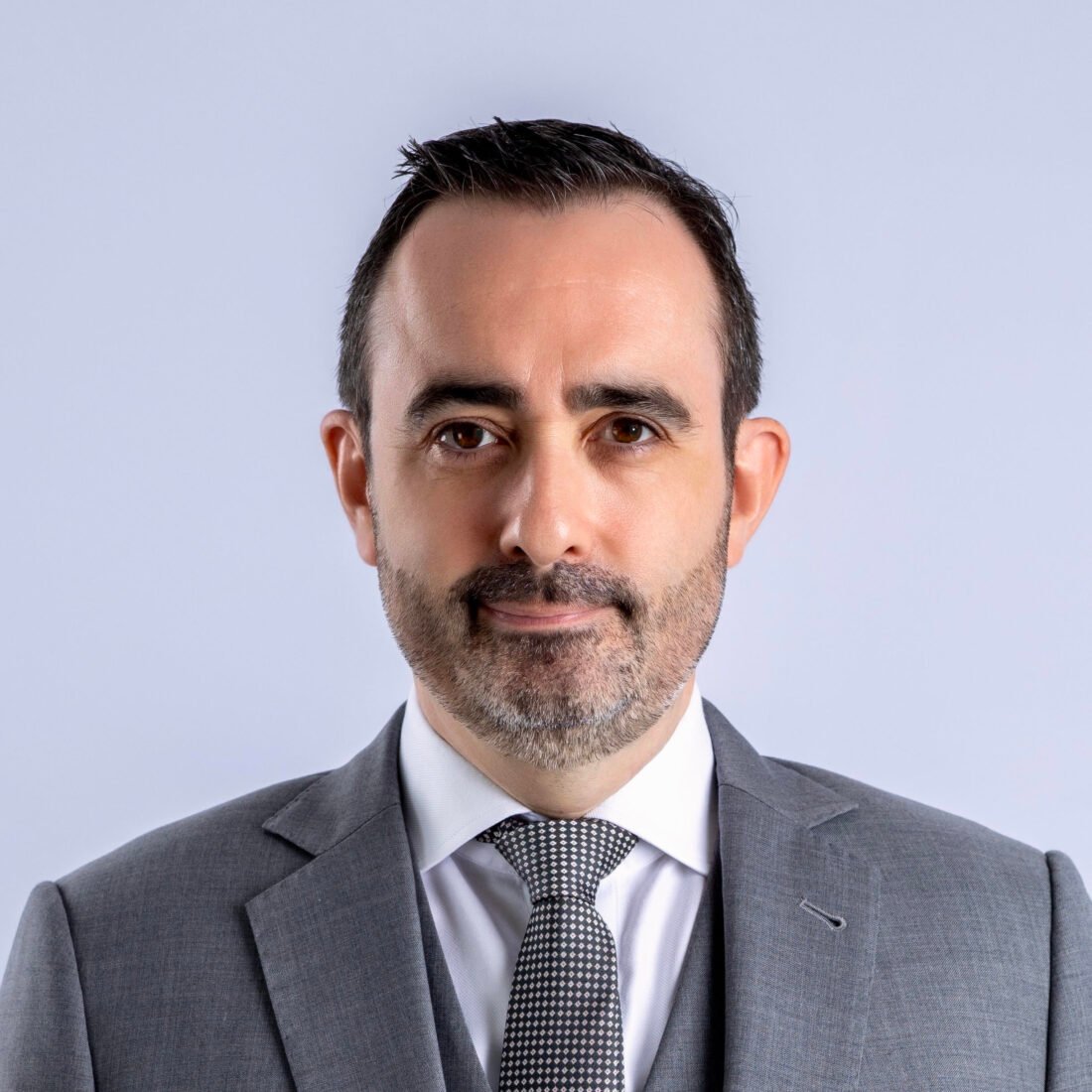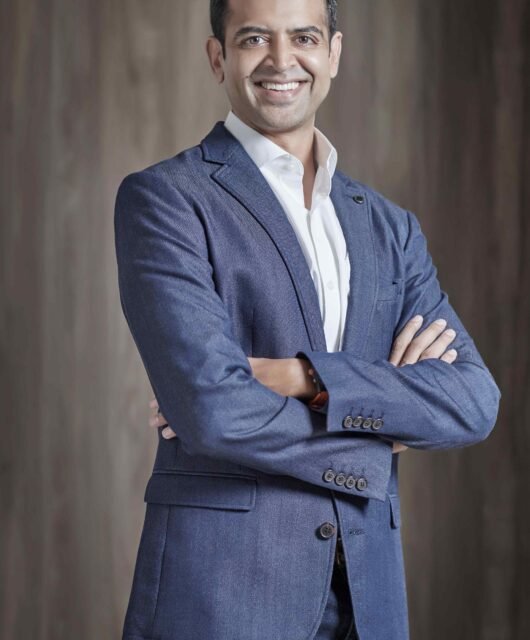The Siren Song of Clichés: Why Marketing Needs Fresh Language
By: Jonathan Ashton, Head of Marketing and Communications, KROHNE Middle East
As marketing experts, we live in a world fueled by innovation. We push boundaries, challenge norms, and strive to stand out in a crowded marketplace. Yet, a curious phenomenon persists – our language often regresses to a chorus of tired clichés and worn-out stereotypes, as mine may have done just now by using overly-tired phrasing and word choice. Words like “hero,” “gamechanger,” and that marvellous phrase “thinking outside the box” peppers our presentations to this day, with website copy and ad campaigns following suit and permeating every media channel we can infiltrate.
The danger? These clichés cease to be language at all.

They become background noise, failing to resonate with consumers and, worse, becoming actively misleading. The overuse ultimately diminishes the meaning and impact rendering them senseless and sticky to the reader, cloying an otherwise refreshing thought leadership article or punchy tagline.
Let’s dissect a few culprits:
· Hero: This word implies a singular saviour, usually wearing a cape constantly flapping an ethereal breeze behind. In reality, successful products or services often arise from a web of collaboration and incremental gains. Think of the countless engineers and designers who contributed to the smartphone revolution, not just Steve Jobs. Attributing heroism diminishes the collective effort behind breakthroughs, while creating unrealistic expectations.
· Gamechanger: This term is thrown around so liberally, it’s rendered devoid of meaning. Is your new laundry detergent truly a revolution in cleanliness, or is it just incrementally better than the competition? Overusing “gamechanger” erodes trust and makes your brand seem like it’s crying wolf.
Think Outside the Box: This cliché might sound creative, but it offers no concrete direction. What exactly is “the box”? Does it even exist? Effective marketing provides clear solutions to customer problems, not vague platitudes about unconventional thinking. This utterance usually accompanies a lame and unguided brief for creative output, the bane of the marketing department or agency team.
The consequences of relying on clichéd language go beyond simply sounding inauthentic. They have real ramifications:
· Lost in the Crowd: When everyone uses the same buzzwords, differentiation becomes impossible. Your message gets drowned out in a sea of marketing jargon. If everything is luxurious or innovative then, in fact, they become neither of these things. Do not lose sight of that Unique Selling Point.
· Undermining Trust: Consumers are bombarded with marketing messages and grow savvy to overused language. Clichés reek of inauthenticity and can make your brand seem like it’s just trying to manipulate them, not engage with them meaningfully. Make sure to define your purpose first then speak your own truth from this point.
· Missing the Mark: Clichés often fail to connect with the specific needs and desires of your target audience. They lack the nuance to truly resonate.
Sadly, numerous real-world ad campaigns exemplify these misfires. Consider a recent or the laundry detergent that claims to “revolutionize” the way you do laundry: with a minor tweak in its formula. These examples perpetuate the cycle of meaninglessness. I am sure there is a chart somewhere in the Middle East of every press release with the word “innovative” or similar derivatives in the opening paragraph which is, ahem, off the charts.
So, how do we break free from the cliché trap?
- · Focus on Benefits: Instead of empty buzzwords, use clear language that highlights the tangible benefits your product or service offers. How does your offering demonstrably improve the consumer’s life?
- · Emphasize Authenticity: Let your brand voice shine through. Speak in a way that is genuine, relatable, and reflects the unique spirit of your organization. Avoid the trap of trying to sound like everyone else.
- · Target Your Audience: Understand the specific language, challenges, and pain points your ideal customer faces. Tailor your message to speak their language, not a generic marketing dialect.
- · Use Storytelling: Stories are powerful tools for connecting with consumers on an emotional level. Find narratives that illustrate the transformative power of your product or service in a real-life context.
Remember, consumers are looking for authentic brands that understand their needs and speak their language. Let’s abandon lazy clichés in favor of words that truly communicate the value of our offerings.
Marketing is, at its heart, about sparking conversations and engagement, not reciting tired scripts. Let’s commit to fresh, vibrant language that reflects the innovative spirit we embody as marketers. After all, the real game changers, the heroes of tomorrow’s marketing landscape, are the brands that dare to be different – different in the way they think, and different in the way they speak.
About the Author
Jonathan Hirasawa Ashton is an established corporate affairs professional currently heading marketing and communications at KROHNE, a century-old German family-owned measurement technology company helping the likes of DEWA (Dubai Electricity and Water Authority), ADNOC (Abu Dhabi National Oil Company) and Saudi Aramco deliver more sustainable and optimised energy and utility infrastructure. To be honest, he is also prone to use cliches and stereotypes himself, usually for effect and emphasis but often, let’s face it, he literally 110% of the time cringes at their overuse. But every cloud has a silver lining: he can be read griping about the environment and English grammar on the Internet just by googling or finding him on LinkedIn. (https://www.linkedin.com/in/jonathanhashton/)





